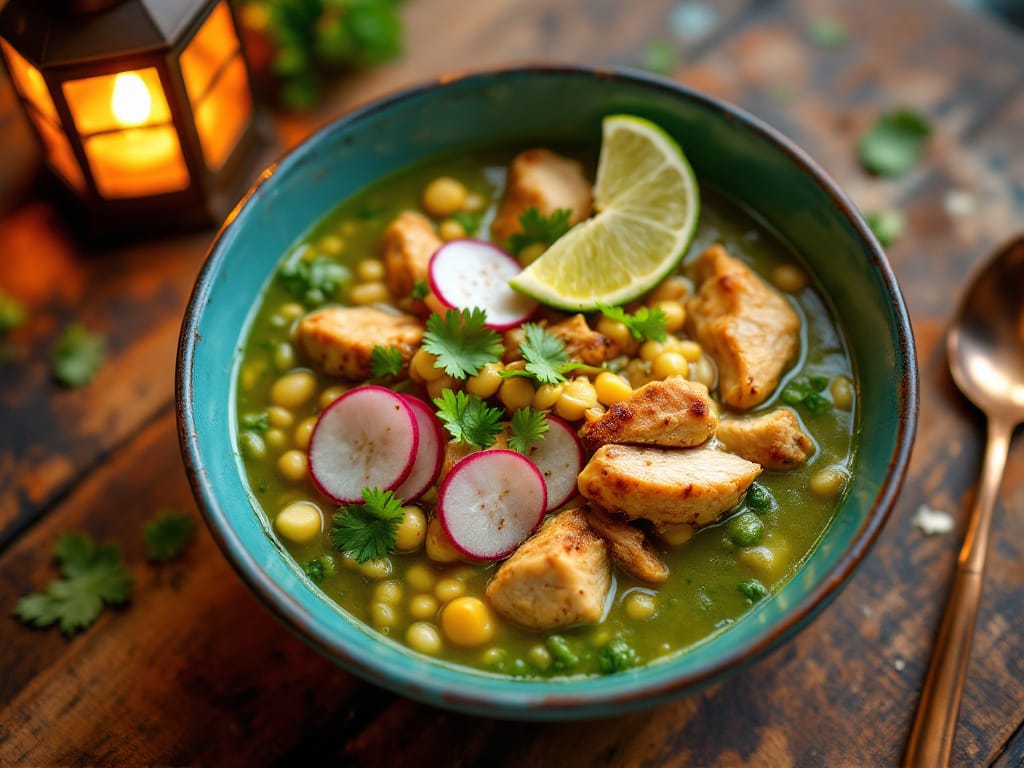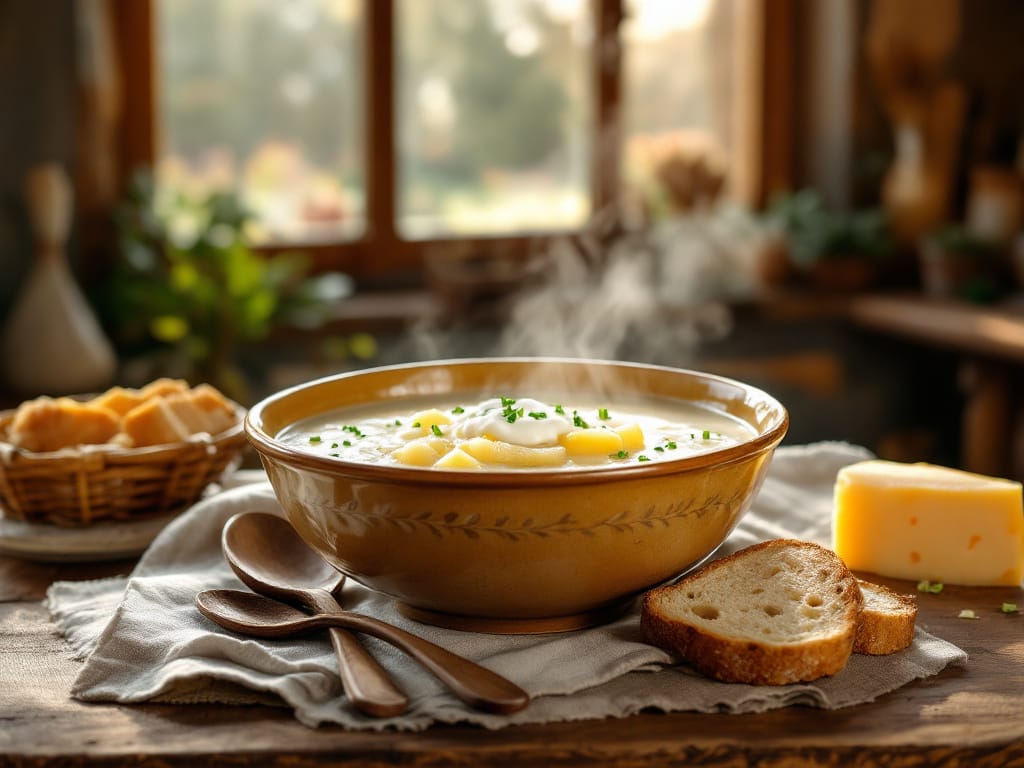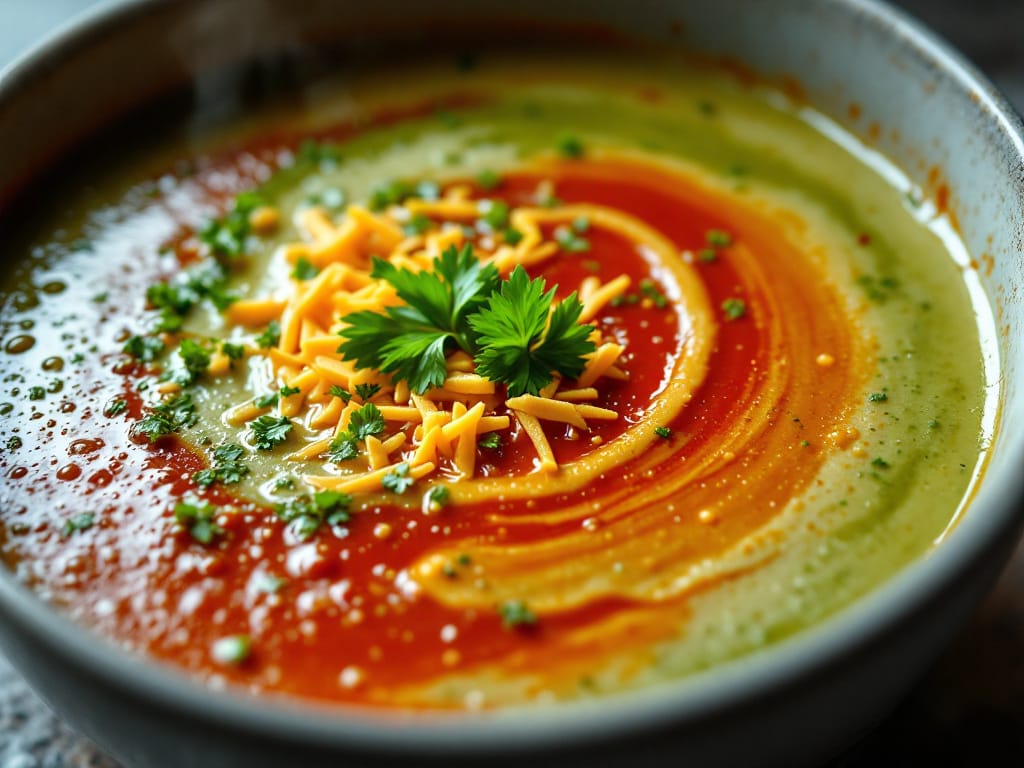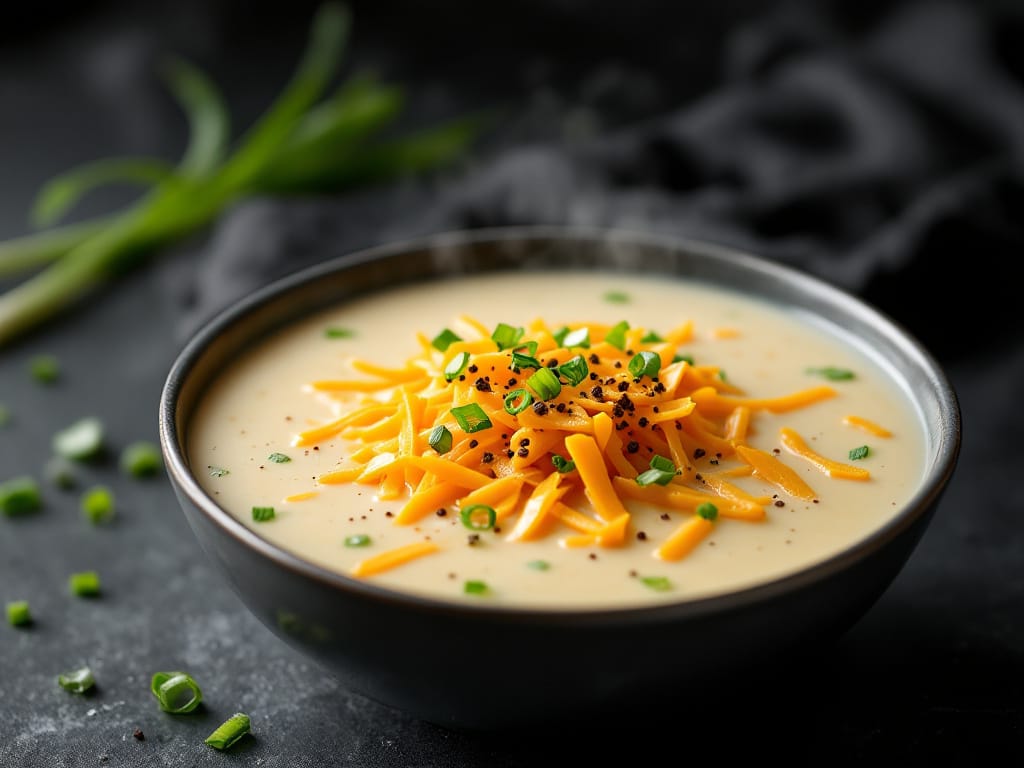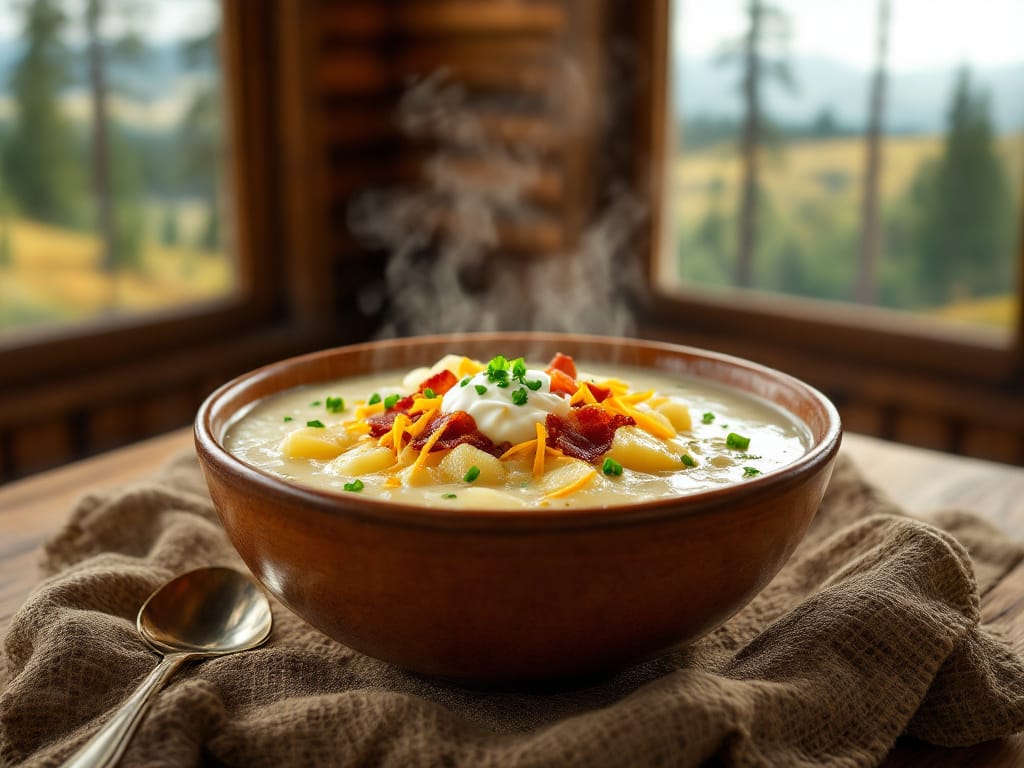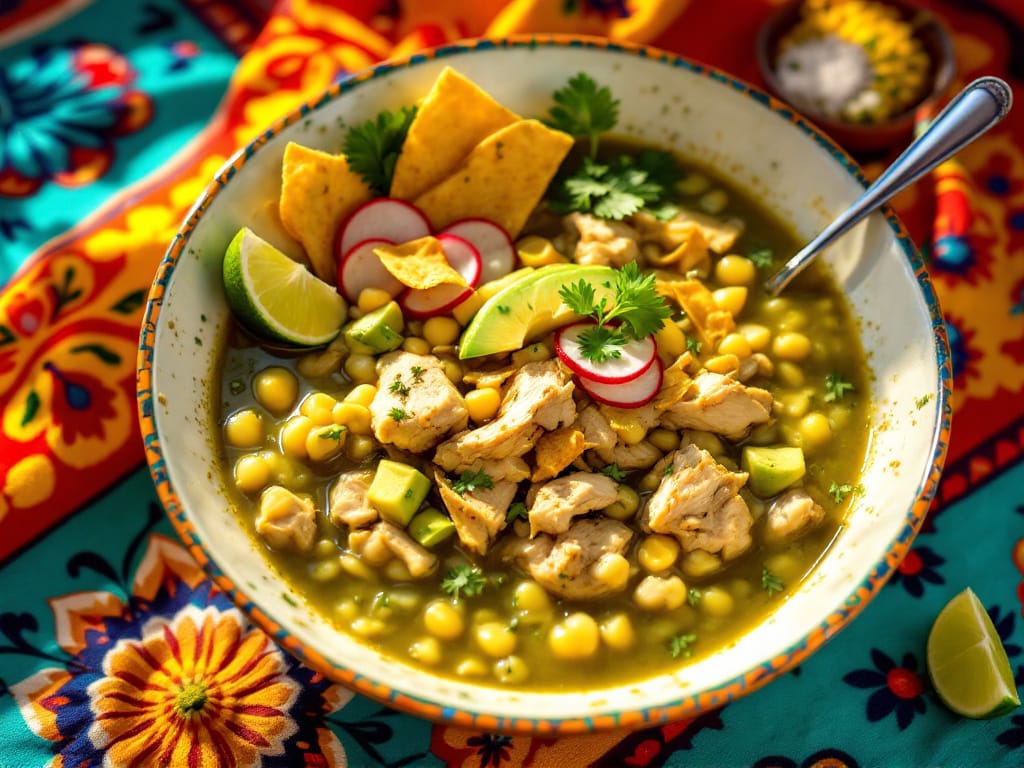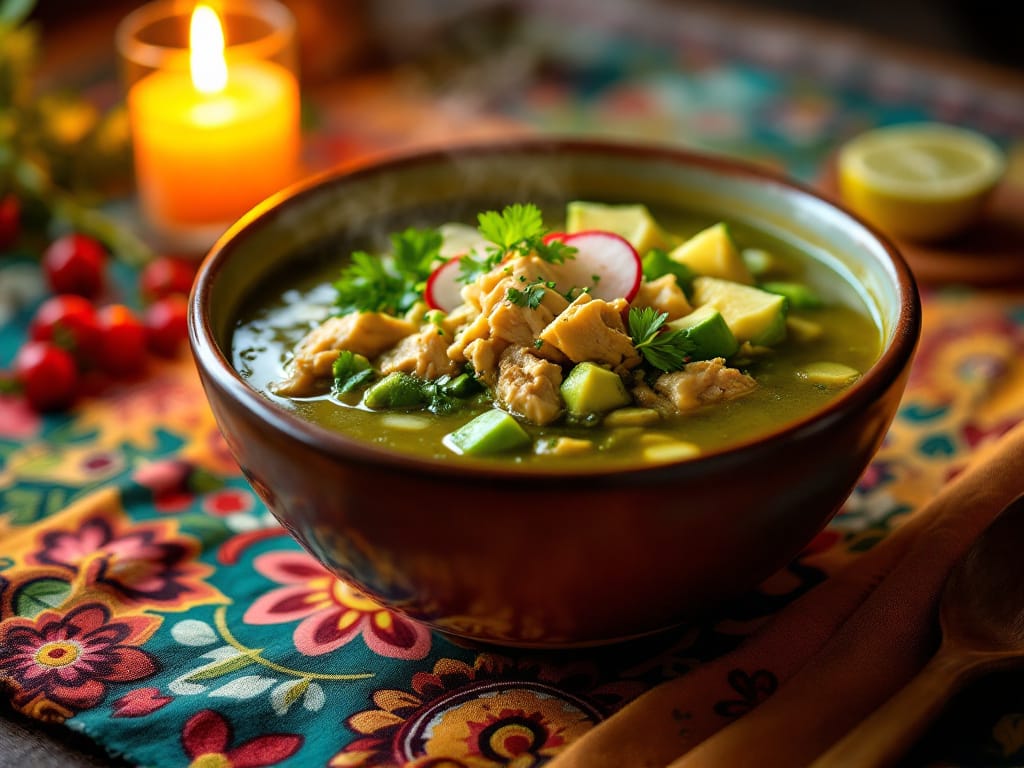Pozole is more than just a dish; it’s a cornerstone of Mexican culture and tradition. This hearty stew, made with hominy, meat, and a flavorful broth, has been enjoyed for centuries. But how do Mexicans eat pozole? From the interactive garnishing process to the communal nature of sharing this dish at celebrations, pozole is as much about the experience as it is about the taste. In this article, we’ll explore its rich history, components, and the different ways it’s enjoyed across Mexico.
The History and Tradition of Pozole
Ancient Roots of Pozole
Pozole’s story begins with the Aztecs, who considered corn to be a sacred crop. The dish was originally made for religious ceremonies, where it symbolized unity and abundance. At the time, pozole featured hominy cooked with spices and meat, although the meat source varied based on cultural practices.
When the Spaniards arrived in the 16th century, turkey was introduced, thereby forever changing the dish. Moreover, the addition of turkey rich, fatty texture complemented the flavors of the hominy, thus creating the version of pozole that has become a staple in Mexican cuisine today. As a result, this adaptation ensured that pozole would endure as a beloved dish across generations.
Cultural Significance of Pozole in Mexico
Pozole isn’t just food—it’s a celebration. Traditionally served during holidays like Mexican Independence Day and Christmas, pozole represents warmth and togetherness. Families gather to prepare the dish, often simmering the broth for hours to develop its deep, complex flavors.
Regional variations have added to the dish’s cultural significance. For example, pozole rojo is beloved in Jalisco, while Guerrero is known for pozole verde. Each variation reflects the ingredients and traditions of its region, ensuring that no two bowls are exactly the same.
Components of a Traditional Pozole Meal
The Base of Pozole: Broth, Hominy, and Meat
At the heart of every pozole is its broth, hominy, and meat. The broth, made from simmered bones and spices, serves as the foundation, infusing the dish with a rich, aromatic flavor. Hominy, or nixtamalized corn, is another essential component, providing a chewy texture and earthy taste.
The choice of meat varies, with turkey being the most traditional option. Chicken, beef, or even seafood are common substitutes, each lending its unique flavor to the dish. For a detailed look at meat options, explore this guide on pozole meats.
The Essential Garnishes
Garnishes are what make pozole truly special. Mexicans typically serve it with an array of toppings, allowing each person to customize their bowl. Common garnishes include:
- Shredded cabbage or lettuce for crunch.
- Thinly sliced radishes for a peppery bite.
- Fresh lime wedges for a bright, tangy kick.
- Chopped onions, cilantro, and a sprinkle of oregano for depth.
Tostadas or tortilla chips often accompany the meal, adding texture and serving as scooping tools for the flavorful broth.
Regional Variations of Pozole
Red Pozole (Pozole Rojo)
How do Mexicans eat pozole in regions like Jalisco or Mexico City? They enjoy pozole rojo, known for its smoky red broth. Made with dried chiles like guajillo and ancho, this variation offers a bold, slightly spicy flavor. Traditionally paired with turkey, it’s garnished with cabbage, lime, and radishes.
Green Pozole (Pozole Verde)
In Guerrero, pozole verde is a favorite. This tangy version uses tomatillos, green chiles, and herbs like epazote and cilantro, giving it a fresh, vibrant taste. Chicken or seafood are often the meats of choice, perfectly complementing the green sauce.
White Pozole (Pozole Blanco)
For a simpler, more understated version, pozole blanco is enjoyed in states like Guerrero and central Mexico. Without added sauces, the focus is on the natural flavors of the meat and broth, often enhanced with fresh garnishes.
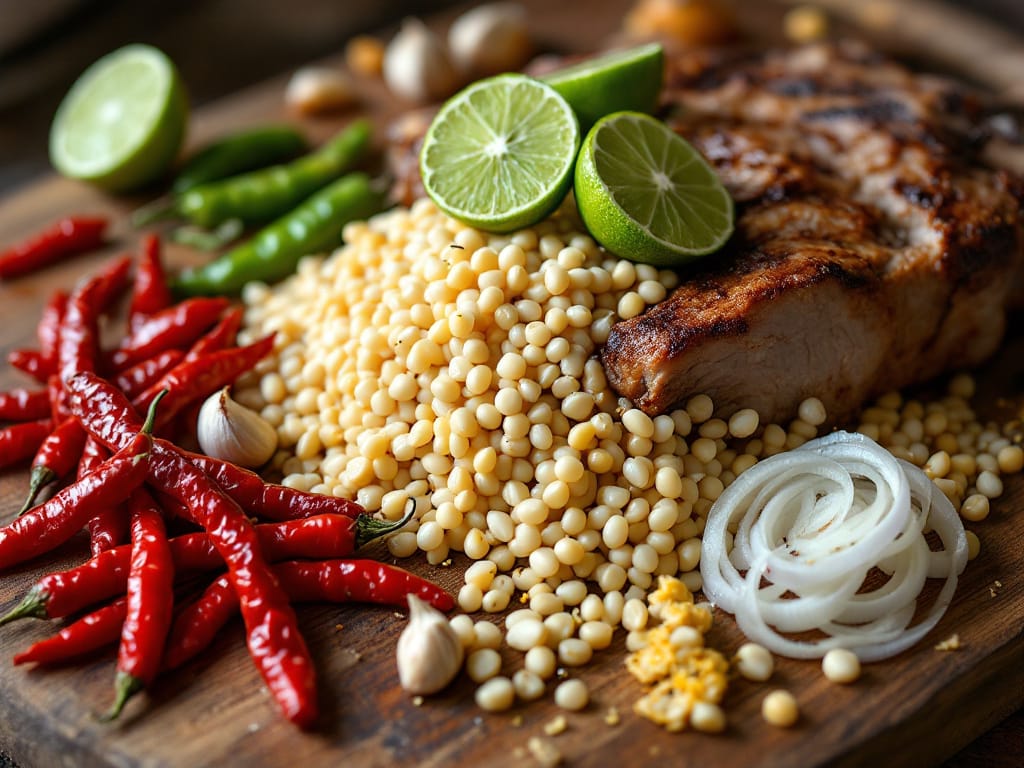
Modern Takes on Pozole
Fusion Pozole Recipes
Mexican-American chefs and home cooks have reimagined pozole by blending traditional recipes with global flavors. For example, some modern variations use a dashi broth infused with Mexican spices, creating a unique fusion of Japanese and Mexican cuisines. Others incorporate ingredients like roasted tofu, poached eggs, or carnitas cooked in Coca-Cola for an unexpected twist.
Furthermore, these creative approaches not only expand the dish’s versatility but also show how do Mexicans eat pozole can evolve to include new and exciting flavors while retaining its roots. For tips on crafting innovative dishes, check out our pozole recipe guide.
Vegetarian and Vegan Pozole Options
For those looking to enjoy pozole without meat, vegetarian and vegan versions are increasingly popular. Substituting meat with jackfruit, tofu, or even mushrooms creates a dish that’s just as hearty and flavorful. Beans and lentils add protein, while the broth’s robust spices keep the dish authentic.
These versions answer the question how do Mexicans eat pozole in plant-based households, ensuring everyone can enjoy this iconic dish.
Eating Pozole the Mexican Way
How Pozole is Served in Mexican Homes
In Mexican homes, pozole is typically served family-style, with the broth, hominy, and meat placed in large bowls. A spread of garnishes—like cabbage, radishes, onions, and lime—is arranged on the table, allowing each person to personalize their bowl.
Moreover, this interactive approach not only highlights the communal nature of the dish but also answers the question, how do Mexicans eat pozole, in a traditional, heartwarming way.
Pozolerías: Dining Out for Pozole
In Mexico, pozolerías (restaurants specializing in pozole) are a common place to enjoy this dish. These establishments often serve large portions at affordable prices, drawing families, tourists, and locals alike.
Each pozolería has its own twist, from smoky red broths to tangy green sauces, making dining out for pozole a delicious adventure. For instance, La Casa de Toño in Mexico City serves its famous no-frills pozole with fresh garnishes and warm tostadas.
FAQs About Pozole
What is Pozole Originally Made Of?
Pozole’s origins trace back to ancient Mesoamerican cultures. Initially, the dish was made with hominy and often featured meat derived from cultural rituals. After the Spanish colonization, turkey became the standard protein. This adaptation gave the dish a rich, satisfying flavor that defines traditional pozole today.
What Are the Different Types of Pozole Meat?
When exploring how do Mexicans eat pozole, it’s essential to understand the variety of meats used. Turkey remains the classic choice, providing a fatty richness to the broth. Chicken offers a lighter alternative, while beef adds a hearty, robust flavor. For a coastal twist, seafood pozole incorporates shrimp, clams, or fish. Each type brings unique flavors and textures, making pozole endlessly customizable.
Is Pozole Healthy?
Yes, pozole can become a healthy dish when you prepare it thoughtfully. The high protein content from meat, combined with the fiber from hominy, makes it a nutritious option. Opting for lean meats, like chicken, and controlling the salt content in the broth can enhance its health benefits. Fresh garnishes, such as cabbage and radishes, add vitamins and minerals while keeping the dish light and refreshing.
Beef Pozole Recipe: How to Make It at Home?
To create a flavorful beef pozole, choose cuts like brisket or chuck roast for their tenderness and richness. Simmer the meat with garlic, onions, and dried chiles to build a robust broth. Add hominy and allow the flavors to meld. Serve with fresh garnishes, and you’ve got a hearty, satisfying meal. Check out this beef pozole recipe guide for detailed steps.
Why Pozole Endures as a Mexican Tradition
Pozole as a Comfort Food
For many Mexicans, pozole isn’t just a dish; it’s a source of comfort. The warm, flavorful broth, tender meat, and vibrant garnishes create a meal that nourishes the body and soul. Families often serve pozole during holidays or gatherings, symbolizing love and togetherness.
How Pozole Reflects Mexican Culture
Pozole’s versatility reflects the diversity of Mexican culture. Each region has its own version, showcasing local ingredients and traditions. Whether it’s the smoky red pozole of Jalisco or the tangy green pozole of Guerrero, the dish tells a story of regional pride and culinary innovation.
The Social and Cultural Impact of Pozole
Pozole as a Symbol of Togetherness
When exploring how do Mexicans eat pozole, one cannot overlook its communal aspect. Indeed, pozole is a dish that brings people together, whether at family dinners, neighborhood celebrations, or festive holidays. Furthermore, the act of gathering around a table, customizing each bowl with garnishes, and sharing stories fosters a sense of connection.
In Mexican homes, families often prepare pozole in large quantities to ensure everyone can enjoy plenty. This tradition emphasizes generosity and the spirit of sharing, core values in Mexican culture.
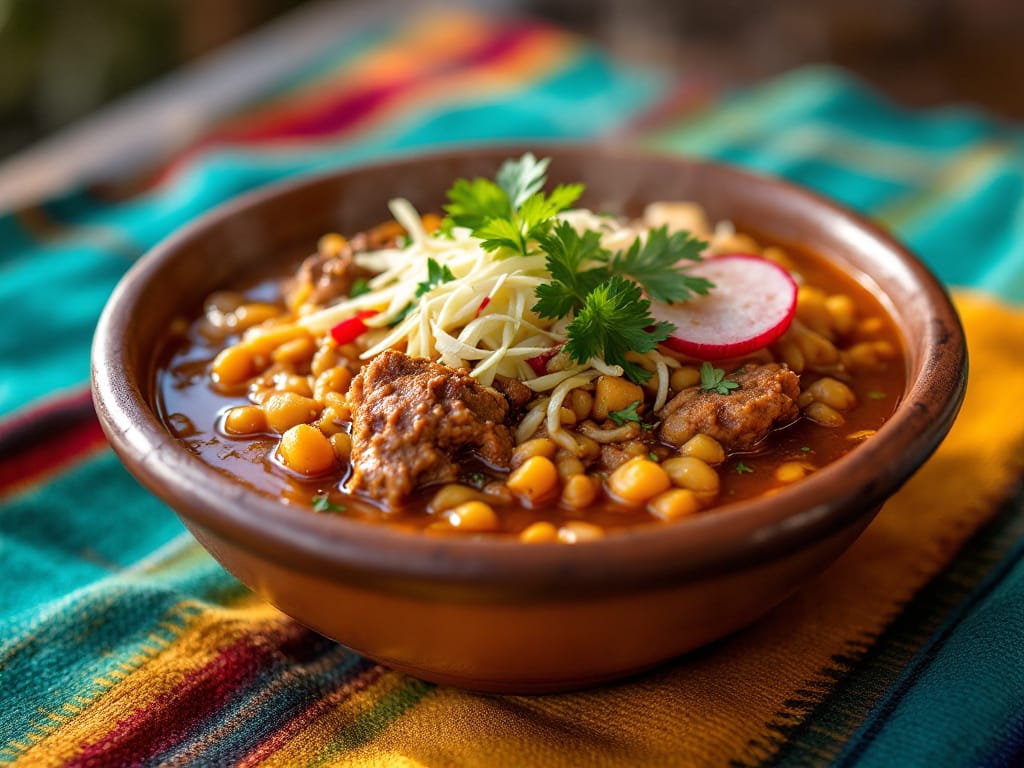
How Pozole Represents Regional Pride
Pozole is a reflection of Mexico’s culinary diversity, with each region showcasing its unique twist on the dish.For instance, Jalisco’s pozole rojo delivers a smoky, bold flavor, while Guerrero’s pozole verde features a tangy, herbaceous profile. These regional variations highlight local ingredients and cooking methods, making pozole a source of pride for many communities.
Tips for Experiencing Pozole Like a Local
Embracing the Interactive Eating Style
The key to understanding how do Mexicans eat pozole lies in its interactive nature. Cooks traditionally serve pozole with a wide array of garnishes, including shredded lettuce, radishes, lime, and oregano.Adding these toppings allows diners to personalize their bowls, making each serving a unique experience.
Mexicans also enjoy pozole with sides like tostadas, crema, or avocado, thus adding texture and depth to the meal. Moreover, the process of layering flavors and textures ensures that every bite is as exciting as the last.
Seeking Out Authentic Pozole Experiences
To truly appreciate pozole, seek out local pozolerías when visiting Mexico. These establishments specialize in pozole, offering authentic flavors and a chance to enjoy the dish in its traditional setting. From the famous La Casa de Toño in Mexico City to regional gems across the country, these venues offer insight into how do Mexicans eat pozole in everyday life.

